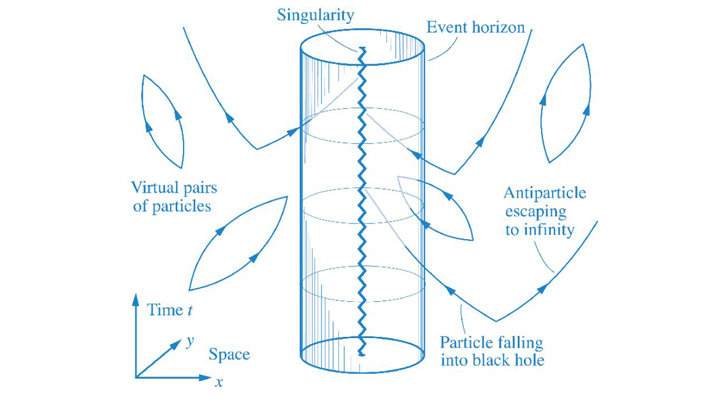
"It seems that the gravitational field of a black hole will create particles and emit them to infinity at just the rate that one would expect if the black hole were an ordinary body with a temperature" (Nature, 1974)
The Advanced LIGO interferometer, which will begin to operate at high sensitivity in 2013, will herald a new era of gravitational wave astronomy. Results from LIGO (together with the European Pulsar Timing Array) will constrain the predictions of certain early Universe phenomena. On the other hand, the detection of such primordial gravitational waves would profoundly impact our understanding of high energy physics and cosmology, providing an unprecedented view of the earliest moments of our Universe. This CTC theme will develop the quantitative theoretical framework for distinguishing features of early Universe scenarios.
We will advance our understanding of the non-equilibrium dynamics of the early Universe. This requires the ongoing development of powerful non-pertubative techniques in field theory, primarily, real-time lattice field theory. Using precision numerical techniques, we will calculate the gravitational wave spectra and other signatures from various early Universe processes. We will make forecasts of the likelihood of detection and propose data analysis templates for use by LIGO and other experiments. We will go on to develop stochastic methods and other approaches to study eternal inflation, bubble nucleation and other non-linear phenomena.
